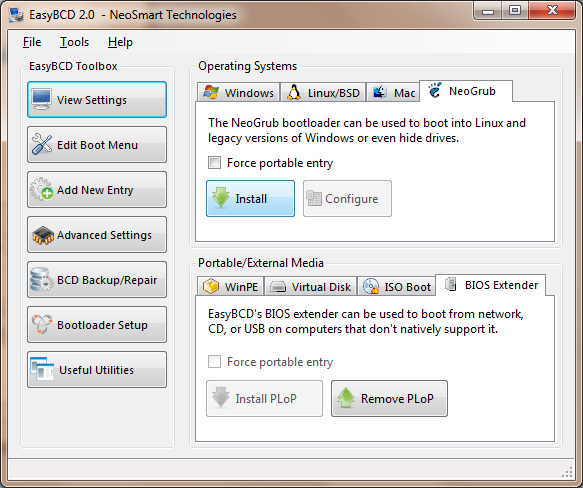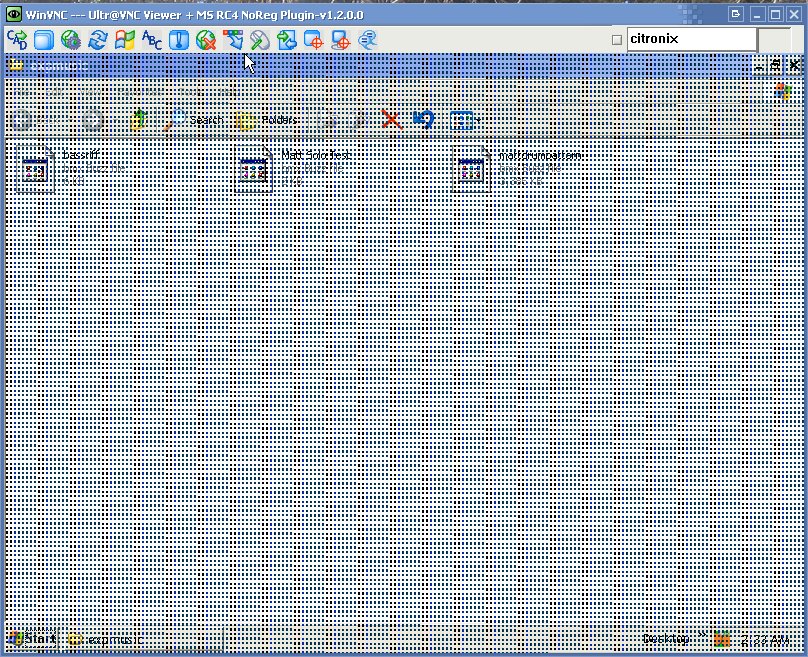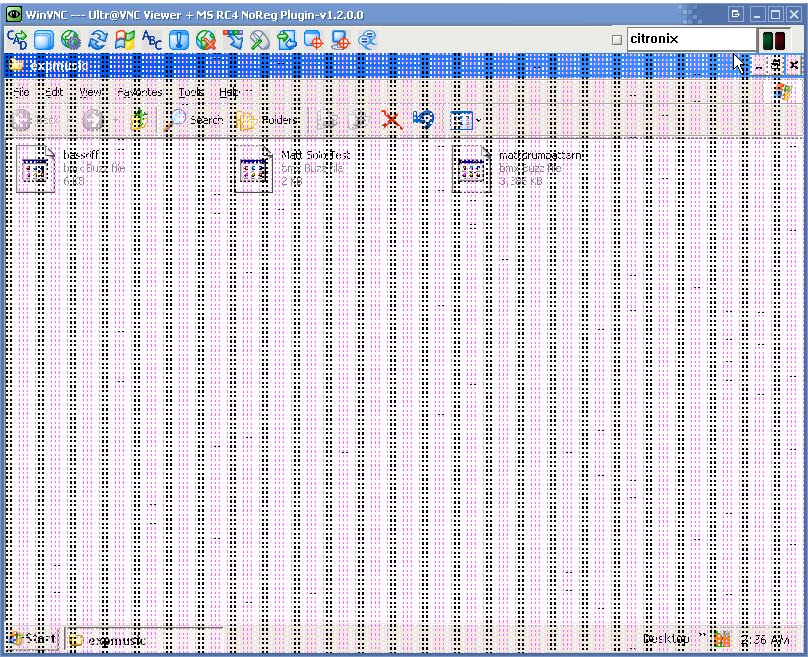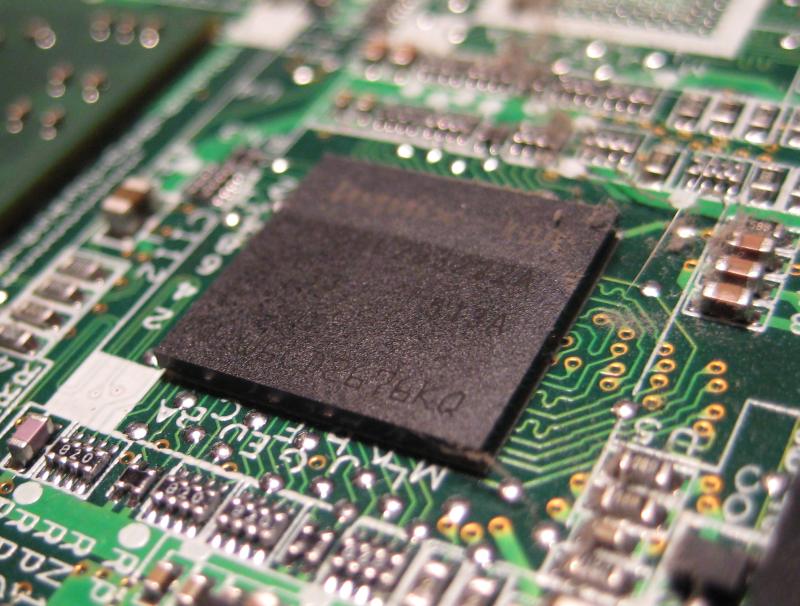by David Norelid | Oct 20, 2012 | Tech Note
Something I learned the hard way yesterday. Due to some odd glitch in the Macbook Pro (untested with other models) running Bootcamp 3.2 (untested with other versions) for Windows XP (untested for other versions of Windows), the keyboard (both physical on-laptop and USB) is unresponsive between the point where can hit F8 to get into Safe Mode and the point where Windows XP loads.
That means that anything that runs between the Windows XP logo scroller and the log on screen can’t be interacted with. Further, that means that if your disk has the NTFS dirty bit set, and it needs to run a CHKDSK to fix whatever is wrong and to reset that dirty bit, there’s nothing you can do to stop it. The keyboard is completely unresponsive. The “Press any key to skip this check” will count down no matter how many keys you mash. You’re stuck here. Get a drink.
You can use the keyboard to hit F8 to get into Safe Mode, and you can log on to Windows, but nothing in between.
I’ll leave two things here for future generations:
1. There’s apparently a way to manually reset the NTFS dirty bit, but DON’T DO IT. If NTFS is asking for a CHKDSK, then it has a good reason to do so and interrupting it is asking for a lot of NTFS hurting. These guys talk about it in a little more detail here. HOWEVER, if you’ve asked for a CHKDSK (by typing “chkdsk c: /r” into a CMD prompt) and nothing else is apparently wrong with the drive, then MAYBE you can reset the bit manually. It involves hex editing. You’re on your own here: Manually Reset or Clear Dirty Bit in Windows without CHKDSK
2. Once you’ve given CHKDSK all the time it needs and have booted back into your XP parition, then maybe you want to prevent that from ever happening again. Once again, not recommended, but I’ll leave it here anyways: CHKNTFS.EXE
by David Norelid | Jun 2, 2011 | Tech Note |
UPDATE: If you can boot into Windows, then try this updated Windows-only method
I had a customer drop off a laptop with a BIOS password locking the customer out of the BIOS settings. The laptop was an eMachines E527-2537 running Windows 7 x64. Normally, you can reset a BIOS password by removing the CMOS battery, but laptops typically don’t have CMOS batteries to remove, leaving you with having to either send the laptop in for service from the manufacturer, or trying to hack the BIOS password another way.
In the past, with AMI/Award/Phoenix BIOSes, there have been tools available to decrypt, reset, or otherwise mangle the BIOS settings into removing the password. Unfortunately, none of those tools work on EFI firmwares, which are the next generation of BIOS. Naturally, this laptop just has to have an Insyde H2O EFI firmware, making the old tools obsolete.
To add to the problem, this laptop was unable to boot from a CD because the boot option were hidden in, you guessed it, the password protected BIOS. So. Here’s what I did to get the laptop to boot from a USB stick and reset the bios password.
NOTE: This guide is written for tech savvy people who know what they are doing. If you are uncomfortable with the command line, flashing BIOSes or getting your hands dirty, don’t attempt this process yourself. I cannot and will not hold your hand while you do this. I wrote this guide because I didn’t see anything like it online and I wanted to leave it here as a quick guide for other techs. I can’t offer support for this procedure. If you need
computer repair in Houston, then please call me and I would be glad to do this for you.
This guide will take you through a few steps. We will install a boot loader to get around our inability to select a boot device thanks to the BIOS password. If you can already boot from USB for whatever reason, then skip to step 4 and then to 6. We will then prepare a bootable USB stick and our BIOS flashing batch file. Finally, we’ll boot from the USB stick and flash our BIOS.
1) Install PLoP Boot Loader to boot from a USB stick
Since I was still able to boot into Windows 7, I used EasyBCD to install PLoP in the Windows Boot Manager. PLoP is a boot loader which will allow us to boot from other media like CD/DVD, network and USB sticks. If you are on XP or earlier, you can install PLoP via a different method. Google it.
Install EasyBCD and install PLoP as the BIOS Extender, as shown in this image.

2) Prepare a bootable USB stick
There are many guides on how to create a USB stick that is bootable into DOS. Here is one that you might like.
3) Place the BIOS files on the USB stick
Go to your computer manufacturer’s website and download the latest version of the BIOS for your computer. It will likely come in two versions, one to flash from Windows and another to flash from DOS. We want the one to flash from DOS. There will be a few files in the archive, one called flashit.exe (the BIOS flashing program), another with a name like pawf5106.fd (your file might be named differently, this is the filename for the laptop I was working on), and a batch file with some parameters set for flashing.
Create a folder on your USB stick and place these files in it. The name doesn’t really matter.
4) Edit the batch file to reset the bios password
This is the important bit. If you look at the batch file included with the DOS flashing kit, it might look like this
flashit PAWF5106.fd /fe /b /dc
add the flags /C and /FP to the end of the line, so it looks like this
flashit PAWF5106.fd /fe /b /dc /C /FP
the C flag will clear the CMOS memory and the FP flag will flash your bios without a password. Without that flag, any bios update will retain the old password. The bios file (PAWF5106.fd) will likely be different for you.
5) Use PLoP to boot from your USB stick
Plug your USB stick in and turn the computer on. On the Windows Boot Manager screen, select the BIOS Extender and then select USB from the boot options.
6) Flash the new password-less BIOS
From the DOS prompt, navigate to the folder that contains flashit, the BIOS file, and the batch file. Make sure the computer is plugged into AC power and fully charged. Run your edited batch file and wait for the flashing process to finish. Once it is done, it will reboot automatically.
7) Get into the BIOS to verify that the password has been removed
Hit F2 as the computer boots to get into setup. Look at that! No password prompt! Congratulations! Now you can tun on the F12 Temporary Boot Menu and change the boot order all you want.
I hope this helps you out and saves you some time. Lord knows I wasted plenty of mine. If any parts of this guide are overly vague, leave a comment and I’ll see if I can’t clean it up. I’ve also been up all night working on this laptop, so I might be a little funny.
by David Norelid | Feb 1, 2008 | Tech Note |
I recently had a customer drop off a laptop that was having very odd issues on the screen. There were all sorts of artifacts scrolling up and down the screen, with an odd checkerboard pattern that changed randomly based on mouse movements or even touching the computer. Sometimes video corruption like this can be a driver issue that is usually resolved by getting the latest drivers for the video card. In this case, however, the corruption persisted even in the bios menu and a boot cd. This meant the issue was in the hardware and not software. Now, hardware video corruption issues are sometimes memory corruption or loose cables. If the cable that connects the laptop’s LCD to the motherboard becomes loose, but not completely disconnected, you can get random corruption on the screen.
I figured it was a cable problem and while I prepared to take the laptop apart I ran my Citronix Remote client from the laptop to diagnose the issues from my desktop when something odd happened. The video corruption persisted even in the VNC connection! Ever stranger was that the mouse cursor was unaffected by the corruption and that certain windows and pop ups would also come in clear.


This meant that it wasn’t a cable issue, but the corruption was occurring in the laptop’s video memory itself. Since the corruption was in memory, when the VNC server sent the contents of the video memory to my lab station, it also copied the artifacts. I turned it off and replaced the ram, but the corruption was still there. This was bad news for my client, as that meant that the laptop had dedicated video ram that is soldered to the laptop’s motherboard. I looked up the laptop model and sure enough, that model had separate dedicated video ram. This type of memory is not serviceable and required a motherboard replacement to fix the problem.
Update: I opened the laptop up to check for physical damage to the memory chip such as a faulty solder joint or the chip being physically compromised in some way. I found no such external damage, but I got a pretty good macro photo out of it





